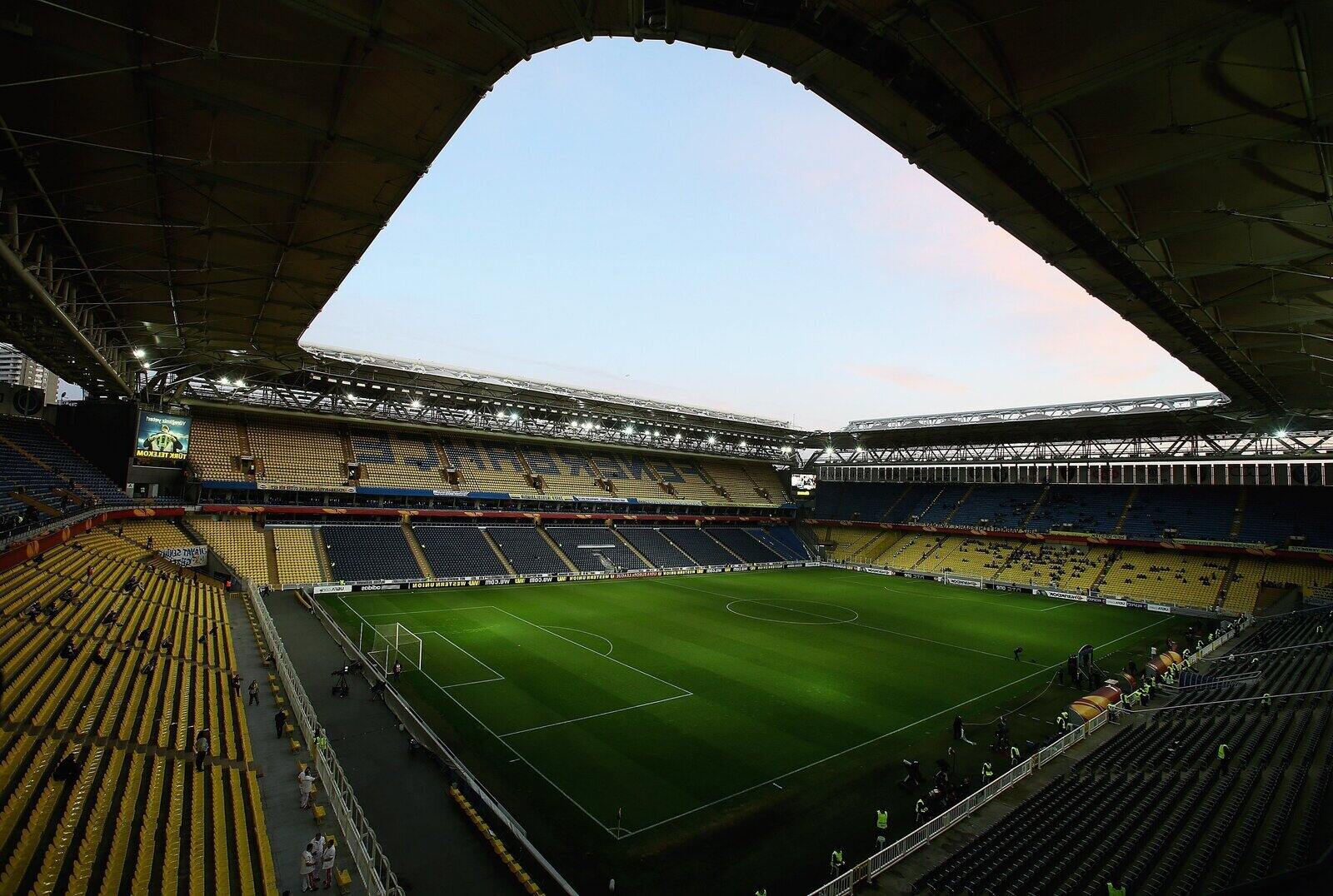
European football venues are more than just places where matches are played; they are iconic landmarks filled with history, passion, and unforgettable moments. From the roaring crowds at Camp Nou to the architectural marvel of Allianz Arena, each stadium has its own unique story. Did you know that some of these venues have hosted not only football matches but also concerts, political rallies, and even Olympic events? Whether you're a die-hard fan or just curious about the sport, these facts will give you a deeper appreciation for the stadiums that have become the heart and soul of European football. Buckle up and get ready to explore the fascinating world of these legendary arenas!
Key Takeaways:
- European football venues are more than just stadiums; they are iconic landmarks with rich histories and unique features, hosting legendary matches and witnessing historic moments.
- The design and architecture of these stadiums are as impressive as the matches played within them, equipped with state-of-the-art facilities and technologies, and serving as cultural hubs that bring people together.
Iconic Stadiums
European football venues are more than just places to watch a match. They are iconic landmarks with rich histories and unique features.
- Camp Nou in Barcelona is the largest stadium in Europe, with a seating capacity of nearly 100,000.
- Wembley Stadium in London has the largest roof-covered seating capacity in the world.
- San Siro in Milan is shared by two rival clubs, AC Milan and Inter Milan.
- Signal Iduna Park in Dortmund is famous for its "Yellow Wall," a massive standing terrace.
- Allianz Arena in Munich changes colors depending on which team is playing: red for Bayern Munich and blue for 1860 Munich.
Historical Significance
Many European football venues have witnessed historic moments and hosted legendary matches.
- Old Trafford in Manchester is known as the "Theatre of Dreams" and has been Manchester United's home since 1910.
- Stamford Bridge in London has been Chelsea's home ground since 1905.
- Anfield in Liverpool is famous for its "You'll Never Walk Alone" anthem, sung by fans before every match.
- Celtic Park in Glasgow is one of the oldest stadiums in Europe, opened in 1892.
- Estadio da Luz in Lisbon hosted the 2004 UEFA European Championship final.
Architectural Marvels
The design and architecture of these stadiums are often as impressive as the matches played within them.
- Santiago Bernabéu in Madrid features a retractable roof and a 360-degree video screen.
- Parc des Princes in Paris was the first stadium in Europe to have an all-seater arrangement.
- Amsterdam Arena in Amsterdam has a retractable roof and a grass surface that can be removed for concerts.
- Stade Vélodrome in Marseille underwent a major renovation for the 2016 UEFA European Championship.
- Olympiastadion in Berlin was originally built for the 1936 Summer Olympics.
Modern Innovations
Modern European football venues are equipped with state-of-the-art facilities and technologies.
- Tottenham Hotspur Stadium in London features the world's first dividing, retractable football pitch.
- Juventus Stadium in Turin is the first in Italy to be owned by a club rather than a municipality.
- Etihad Stadium in Manchester has a unique roof design that collects rainwater for pitch irrigation.
- Emirates Stadium in London has a sophisticated heating system to keep the pitch in top condition.
- Red Bull Arena in Leipzig is known for its eco-friendly design, including solar panels and rainwater collection systems.
Cultural Impact
These venues are not just sports arenas; they are cultural hubs that bring people together.
- Stadio Olimpico in Rome hosts not only football matches but also concerts and other major events.
- Ibrox Stadium in Glasgow is a symbol of the city's rich football culture and history.
- Estadio Mestalla in Valencia is famous for its steep stands, creating an intense atmosphere.
- Benito Villamarín Stadium in Seville is known for its passionate Real Betis supporters.
- Turk Telekom Stadium in Istanbul is one of the loudest stadiums in Europe, thanks to Galatasaray's fervent fans.
Unique Features
Some European football venues have unique features that set them apart from others.
Final Whistle
European football venues hold a treasure trove of fascinating facts. From the historic Santiago Bernabéu to the modern marvel of Allianz Arena, each stadium has its own unique story. These venues aren't just places where matches happen; they're cultural landmarks that bring people together. Whether it's the sheer size of Camp Nou or the architectural beauty of San Siro, these stadiums are a testament to the passion and history of football in Europe. Next time you watch a match, remember the rich history and interesting tidbits that make these venues special. Football isn't just a game; it's an experience enriched by the places where it unfolds. So, whether you're a die-hard fan or a casual viewer, knowing these facts adds an extra layer of enjoyment to the beautiful game.
Frequently Asked Questions
Was this page helpful?
Our commitment to delivering trustworthy and engaging content is at the heart of what we do. Each fact on our site is contributed by real users like you, bringing a wealth of diverse insights and information. To ensure the highest standards of accuracy and reliability, our dedicated editors meticulously review each submission. This process guarantees that the facts we share are not only fascinating but also credible. Trust in our commitment to quality and authenticity as you explore and learn with us.
